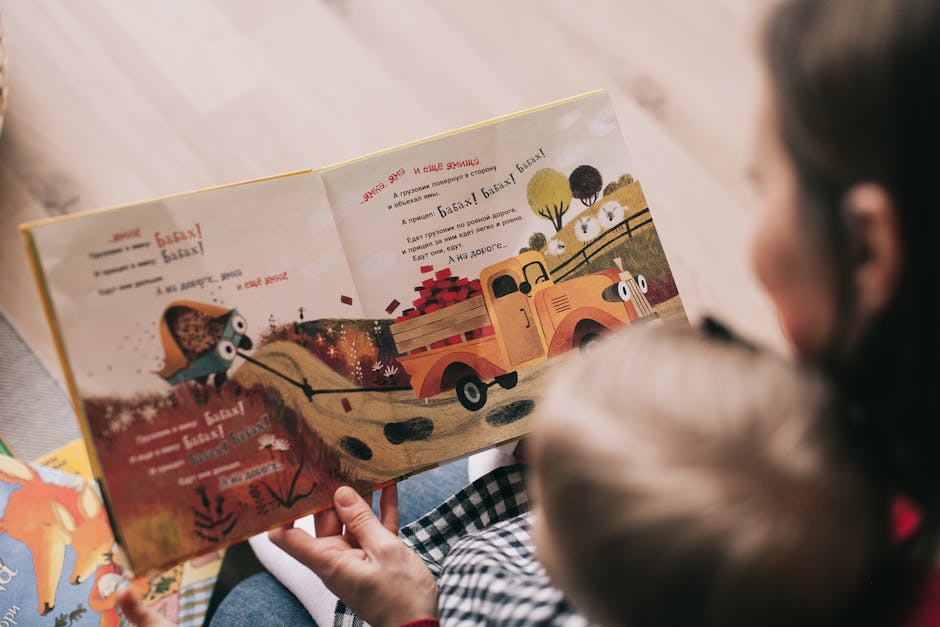Stellar Storytelling Through Imagery
In a world saturated with information, captivating storytelling has become a powerful tool to engage audiences and convey messages effectively. One of the most compelling forms of storytelling is through imagery. From ancient cave paintings to modern-day advertisements, visuals have played a crucial role in shaping narratives and evoking emotions. In this article, we will delve into the art of stellar storytelling through imagery, exploring its various dimensions, applications, and impact on our lives.
The Power of Visual Storytelling
Visual storytelling is the art of conveying a narrative or message through visual elements such as photographs, illustrations, videos, and graphics. It taps into the innate human ability to process and understand information more effectively through images. Research has shown that the human brain processes visual information 60,000 times faster than text, making visual storytelling a highly potent tool for communication.
One of the key strengths of visual storytelling is its ability to evoke emotions and create a lasting impact on the audience. Images have the power to trigger a wide range of emotions, from joy and nostalgia to sadness and fear. By carefully selecting and crafting visuals, storytellers can create a powerful emotional connection with their audience, making the message more memorable and resonant.

The Evolution of Visual Storytelling
The practice of visual storytelling dates back to ancient times when our ancestors used cave paintings and hieroglyphics to tell stories and record historical events. Over the centuries, visual storytelling has evolved alongside technological advancements, with the invention of photography, cinema, and digital media revolutionizing the way we create and consume visual narratives.
In the digital age, social media platforms like Instagram, TikTok, and Snapchat have democratized visual storytelling, allowing individuals and brands to share their stories with a global audience. The rise of visual-centric platforms has led to the proliferation of visual content, ranging from user-generated photos to professionally curated videos, transforming the way we interact and engage with stories.
The Elements of Compelling Visual Storytelling
Compelling visual storytelling is not just about presenting a series of images; it involves a thoughtful combination of elements that work together to create a coherent and impactful narrative. Some key elements of effective visual storytelling include:
Composition
Composition refers to the arrangement of visual elements within a frame. By following principles of composition such as the rule of thirds, leading lines, and symmetry, storytellers can create visually appealing and balanced images that draw the viewer’s attention.
Color
Color plays a crucial role in conveying emotions and setting the mood of a story. Different colors evoke different feelings, with warm colors like red and orange symbolizing passion and energy, while cool colors like blue and green evoke calmness and serenity. By using color strategically, storytellers can enhance the emotional impact of their visuals.
Lighting
Lighting can dramatically alter the mood and atmosphere of a visual story. By playing with natural light, artificial light, and shadows, storytellers can create depth, drama, and visual interest in their images. Understanding how light interacts with different surfaces and subjects is essential for creating compelling visual narratives.
Visual Hierarchy
Visual hierarchy refers to the arrangement of visual elements in order of importance. By establishing a clear hierarchy, storytellers can guide the viewer’s eye through the image, highlighting key elements and reinforcing the narrative structure. This helps viewers navigate the story and understand its core message more effectively.
Real-World Applications of Visual Storytelling
Visual storytelling has a wide range of applications across various industries and disciplines. From marketing and advertising to education and advocacy, visuals are used to communicate complex ideas, evoke emotions, and drive action. Here are some real-world examples of how visual storytelling is being used:
Marketing and Branding
In the world of marketing and branding, visual storytelling is a powerful tool for building brand identity, engaging customers, and driving sales. Companies use compelling visuals in their advertising campaigns, social media posts, and websites to captivate audiences and convey their brand message effectively. By creating visually appealing and emotionally resonant stories, brands can establish a strong connection with their target audience and differentiate themselves in a crowded marketplace.

Journalism and Documentary
In journalism and documentary filmmaking, visual storytelling is used to inform, educate, and inspire audiences. Through powerful images and videos, journalists and filmmakers can shine a light on important social issues, capture significant moments in history, and give a voice to marginalized communities. Visual storytelling in journalism has the power to evoke empathy, provoke thought, and incite action, making it a vital tool for raising awareness and driving social change.
Education and E-Learning
In the field of education, visual storytelling is increasingly being used to enhance learning experiences and engage students. From interactive multimedia presentations to animated educational videos, visuals help educators explain complex concepts, spark curiosity, and facilitate knowledge retention. By incorporating visual elements into their teaching materials, educators can make learning more engaging, accessible, and memorable for students of all ages.
The Future of Visual Storytelling
As technology continues to advance and evolve, the future of visual storytelling holds exciting possibilities. Innovations in virtual reality (VR), augmented reality (AR), and artificial intelligence (AI) are reshaping the way we create and consume visual narratives. VR and AR technologies allow users to immerse themselves in interactive and immersive storytelling experiences, while AI-powered tools enable creators to automate the process of generating and curating visual content.
With the rise of visual-centric platforms like YouTube, Pinterest, and TikTok, visual storytelling is becoming more accessible and ubiquitous than ever before. Brands, individuals, and organizations are leveraging the power of visuals to connect with their audiences, tell their stories, and make an impact in the digital landscape. The future of visual storytelling is bright, promising endless opportunities for creativity, innovation, and engagement.
Conclusion
In conclusion, visual storytelling is a dynamic and versatile form of communication that has the power to captivate, inspire, and influence audiences. By harnessing the elements of composition, color, lighting, and visual hierarchy, storytellers can create compelling narratives that resonate with viewers on a deep emotional level. From marketing and journalism to education and entertainment, visual storytelling plays a crucial role in shaping our perceptions, beliefs, and behaviors.
As we look to the future, the possibilities of visual storytelling are limitless. With emerging technologies and evolving trends, the art of visual storytelling will continue to evolve and flourish, offering new ways to connect, communicate, and create meaningful experiences. Whether you’re a marketer, a filmmaker, an educator, or simply a storyteller at heart, embracing visual storytelling can elevate your storytelling game and leave a lasting impression on your audience.




